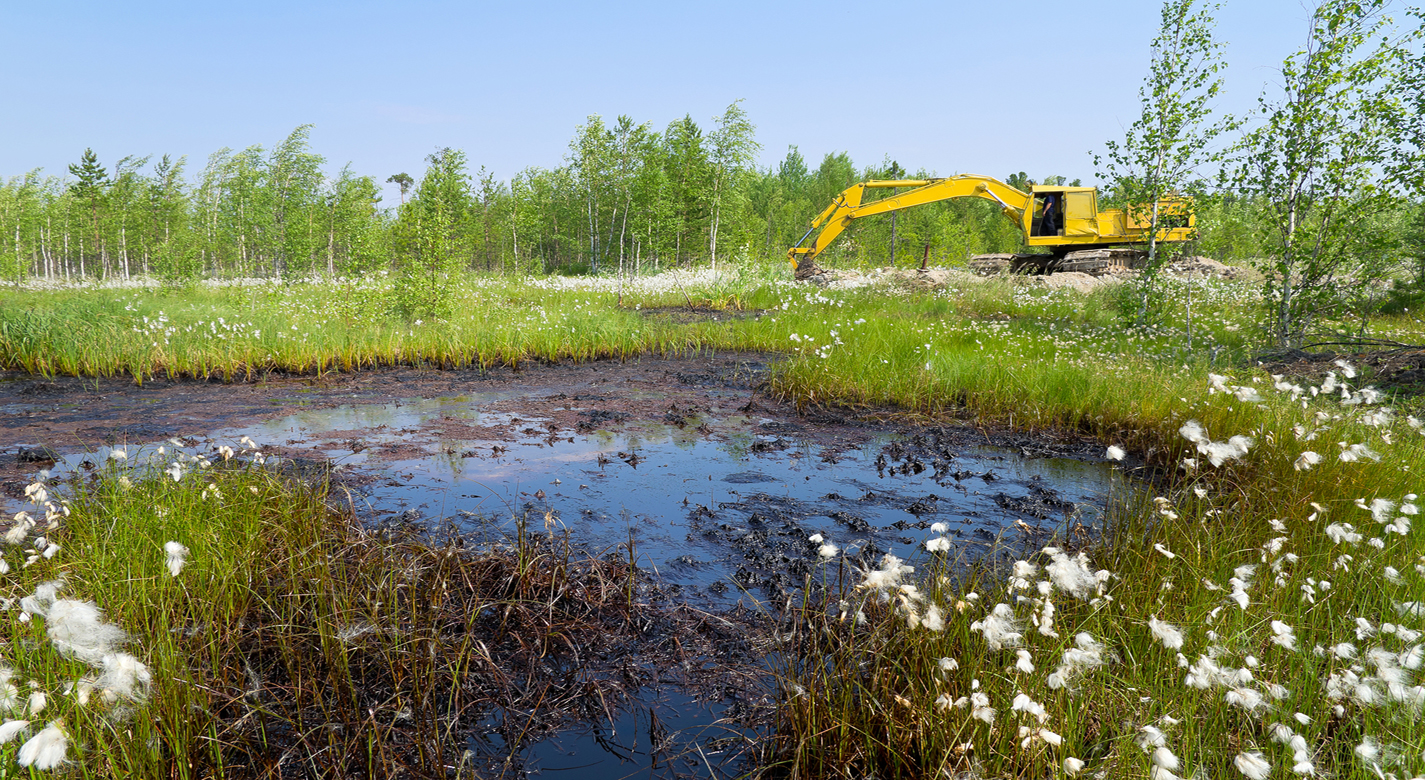6 Things You Didn’t Know About Environmental Remediation
 To some extent, most people have seen or heard of some form of environmental remediation. Environmental remediation is the loose term used to describe any process by which soil or groundwater are cleaned of contaminants and pollutants. In this blog, we specifically delve into the less-known side of environmental remediation with six, lesser-known facts on the subject.
To some extent, most people have seen or heard of some form of environmental remediation. Environmental remediation is the loose term used to describe any process by which soil or groundwater are cleaned of contaminants and pollutants. In this blog, we specifically delve into the less-known side of environmental remediation with six, lesser-known facts on the subject.
Oil-Eating Organisms
Did you know that there are now a number of oil-eating plants and micro-organisms being used to zap spilled oil from ground soil? Science has only recently discovered and evolved these organisms. In turn, this has made these life forms increasingly valuable in applications such as soil remediation.
In phytoremediation, the organisms are introduced to the soil and later monitored and maintained to adequate quantities. Gradually, the oil is broken down by the organisms into a harmless state, needing no additional attention. An excellent resource on the matter can be found in the American Academy of Microbiology’s report on oil-eating microbes and oil spills.
Earthworms on the Job
Another very effective tool in today’s environmental remediator’s bag is the earthworm. On one hand, science has found earthworms to be a great measuring device when it comes to soil toxicity testing. This provides an efficient and humane manner of soil testing.
On the other hand, and similar to the oil-eaters listed above, earthworms are also veracious eaters of many hazardous wastes. Recently, a well-publicized remediation effort took place in India, seeing hundreds of thousands of earthworms put to the task of eating up soil contamination. After just one year, a 60% overall decrease in heavy metal contamination was documented.
Mysterious Sources
Not every remediation effort is privy to knowing exactly what or who caused the serious introduction of a pollutant. It is a false, preconceived notion that every major pollutant source is ultimately identified and held accountable. Without doubt, great efforts are made in the search for the source and their appropriate accountability in such important matters. Sometimes though, this just does not happen. Currently, the Idaho Department of Environmental Quality is on such a case in which chemical contaminants from an unknown source continue to appear in state groundwater tests.
Hazardous Waste Sites
Hazardous waste is generally defined as any pollutant that is chemical or medical in composition and that can harm the environment or the health of the surrounding human population. According to environmental experts at Groundwater.org, there are actually more than 20,000 known, uncontrolled, and abandoned hazardous waste sites in the United States. This startling number of sites contaminate groundwater, drinking water, and entire ecosystems daily. It is subsequently up to private, public, and government remediation efforts to keep up with such ongoing demands in hazardous waste contamination.
Site Burning
Many hazardous waste sites are tapped for burning as a way to remediate risks at the ground level, according to Microbial Insights. Many are unaware of these oft-employed practices by environmental remediation teams. The premise of site burning is that ground or water contaminants at surface level can be dispersed of more effectively with fire. Any air pollution produced by the subsequent smoke is usually deemed negligible when compared to other methods that leave behind residual waste on the ground.
Hydrogen Peroxide Cleaning
The common medicine-cabinet item, hydrogen peroxide can add one more cleaning area to its belt of accolades: underground soil and water systems. During a process called “oxidation” penetrations are made deep into the ground. These penetrations are then used to pump hydrogen peroxide deep into the earth. From here, the peroxide formula is able to break down many harmful organisms and additives that previously went unchecked in the soil.
Environmental remediation is a broad science with many applications. Without it, our planet would irreversibly die with each man-made, environmental mishap. These six little-known facets to the industry are just a few of the many that make it not just a valuable necessity, but a spectacle and wonder of the scientific world.

















